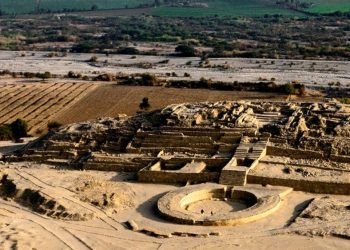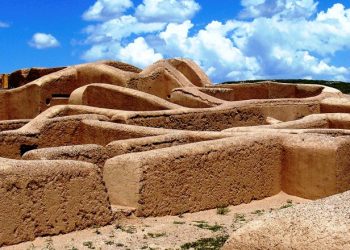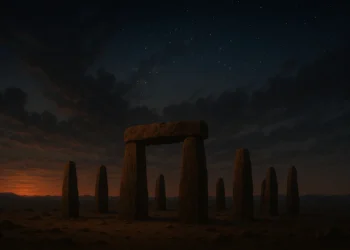One of the oldest known board games on Earth is called Senet. Archaeological excavations of tombs from the First Egyptian dynasty have revealed that already around 3,100 BC, more than 5,100 years ago, the ancient Egyptians had developed a game that was more than just a pastime.
Fragmentary hieroglyphs and illustrations of the game can be found in the tomb of Merknera, which is considered by archaeologists the oldest illustration of the ancient board game, which became one of the most popular games in ancient Egypt and was played for millennia.
Senet–passage, getaway–was played for thousands of years, and as such, the game changed and developed over time. By the time of th New Kingdom, between 1550–1077 BC, the board game evolved, representing the journey of the Ka to the afterlife. The Ka was important in ancient Egypt and regarded as a person’s double or soul. The Ka, Ba, and Akh are components of the Egyptian idea of the soul.
Similar to backgammon?
The game, which bears certain similarities to backgammon, evolved to a point where it had deep ties with the netherworld and the afterlife. Its board even became a presentation of such. Although not the oldest on Earth, Senet became one of the most popular board games in ancient times, played by ordinary workers and even Queens and Kings. The fact that the game was played for several millennia speaks of its importance and influence on the Egyptian lifestyle.
Although we haven’t found an ancient manual that explains how the game was played, from fragments of ancient Egyptian papyri, experts have managed to conclude that the game was likely played by two people, each having as many as five and as little as three pawns that were positioned on a grid of 30 squares, which were arranged in rows of ten.
A game of die, kind of
Senet was a game of dice, so to speak, and the players would throw a dice-like object to see how many squares their pawns could move in one turn. The goal was to move the pawns to square number 30, located in the bottom right corner of the board. The pawns would move right across the upper row of the board, then through the middle row, and finally along the lower to reach square 30.

Although we can’t say certainly when the game was really invented, a good guess can be made at 3,100 BC. At first, the game was no more than a pass time for the Egyptians. Still, some 4,000 years ago, over time, it became a game with a deep spiritual meaning to the ancient Egyptians and was eventually regarded as a channel through which the deceased could converse with the living. So essentially, the game evolved from an ordinary entertainment object to one with a deep spiritual meaning.
Gaming evolution
After approximately one millennium of evolution, the pawns on the board were seen as the soul’s movement toward the afterlife through the Duat, the ancient Egyptian realm of the dead. Through time, the game further evolved until it became a new game with a new meaning. By about 3,000 years ago, the Egyptian incorporated symbols of birds, which were meant to symbolize the soul, which made the games’ purpose even clearer, denoting a film connection to the netherworld and the journey towards the afterlife. Therefore, the game of Senet can be regarded as one of the first representations of the journey toward the afterlife on a gaming board.
Check out rulers to play Senet here.
Five things you should know about Senet
- Senet is regarded as one of the oldest board games invented in Egypt. Its existence can be accurately traced back to 5,100 years ago, although the game may even be older than that. Senet can be translated into the “game of passing.”
- The game was of great importance in Egypt and slowly evolved from an ordinary game to a board with a deep spiritual meaning. By the time of the New Kingdom, between 1550 and 1077 BC, the game had a powerful spiritual meaning and was conceived as the physical representation of the journey of the Ka to the afterlife. This tells us that the game evolved from a simple board game into a precious, highly-regarded religious artifact.
- The game was played for several millennia in Egypt. Both ordinary people and royalty played it. A painting in the tomb of Egyptian Quen Nefertari (1295–1255 BC) shows her playing the game.
- Experts have not discovered a defined set of rules, and it is very likely that as the game changed over time, so did the rules, which means that every new addition to Senet saw the increase and decrease of certain rules. The above-mentioned rules are based on fragmentary papyri that mention the game.
- The importance of Senet in Egyptian mythology and religious beliefs is attested by its presence in chapter XVII of the ancient Egyptian Book of the Dead.
Have something to add? Visit Curiosmos on Facebook. Join the discussion in our mobile Telegram group. Also, follow us on Google News











